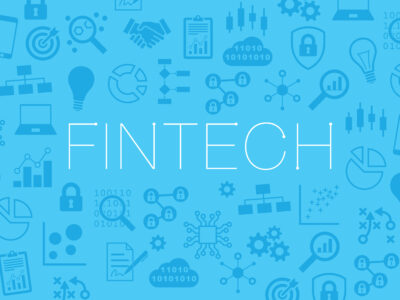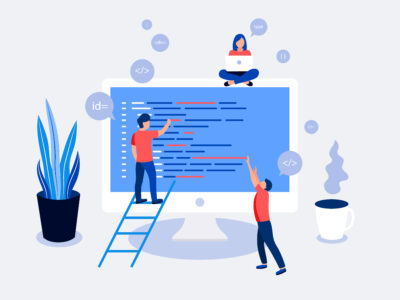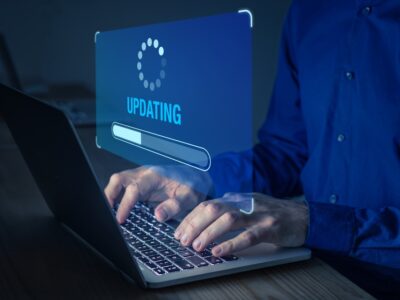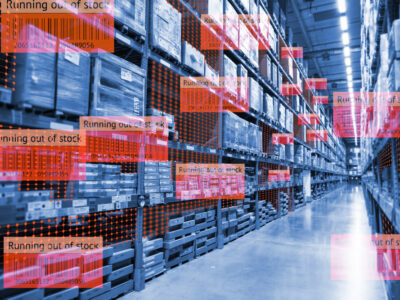Software is the medium that underpins our digital world. All of our digital electronic devices, from our laptops to our phones, printers, digital cameras and even our television sets, require the correct software to keep working. Different kinds of software perform different functions, and in many cases we aren’t even aware that the software is present, quietly doing its job and keeping our devices operating as we expect them to. In other cases, we choose the software we need to perform a specific task.
Invisible but essential
It’s sobering to remember just how much of our world and our daily lives is reliant on digital devices and, by extension, computer programs. Even leaving aside the devices that we use directly, to stay in touch, check information, perform administrative tasks at home and work, or to listen to music, play games and watch movies and television shows, we rely on programs and software to keep the ordinary infrastructure around us running smoothly.
Traffic control, banking systems, medical treatment, and newspaper and magazine production and distribution, are just a few of the essential real-world activities that rely on computer programs and software to function. All of these phenomena pre-date the digital revolution and may appear to work in much the same way as they did before computers were commonplace. But today they are all much more sophisticated and efficient than they were even twenty years ago, and without the correct software running effectively in the background they would quickly break down and be essentially unusable.

A modern career
Software is everywhere and software is massively important. Studying for a software engineering online master’s is the easiest way to get started on a potentially lucrative career in this essential growth industry. Taking a course in Computer Science, with a concentration in Software Engineering, at Baylor University Online, gives you the skills and knowledge to create high-end software for use in industry, academia, or scientific research, among many other possible avenues.
You don’t need a qualification in computer science to get started, but a bachelor’s degree in engineering, mathematics, physics, or a related subject is required. You should also be proficient in a high-level programming language like Python, C++, or Java. And of course, a basic understanding of the two main categories of software, as explored in this article, is also going to help you on your way.
What is system software?
System software provides the interface between application software (we’ll get to that in a moment) and the system itself. It runs the hardware and sets up a pathway or platform for application software to run on in turn. The system can’t function without the system software. It is general purpose software used for complex mechanical tasks and is written using low-level programming languages like assembly language.
The operating system (OS) of your computer or phone is its system software. Examples include Microsoft Windows, Android, and Apple macOS or iOS. When your device is turned on, the system software should automatically activate and will run until the device is turned off again. While running, it controls, integrates, and manages the individual hardware components of the device, as well as other software programs designed for specific tasks: that is, application software.
What is application software?
Application software is the software that runs an application, or app, as and when a user (that’s you) activates it. Application software requires the platform or pathway provided by the system software in order to carry out the specific task or tasks it’s designed for. While system software carries out multiple functions, sometimes simultaneously, application software is programmed for one main purpose.
Application software is written using high-level programming languages but is relatively simple compared to system software. Examples of application software include MS Office, Photoshop, and the various media players available. This software may be preinstalled, or come bundled in with your device, but it is still separate to system software. If it is removed, deleted, or deactivated, the system will still run. If your system software is wiped or seriously damaged, by contrast, your device will completely cease to function.
Application software can also be downloaded, usually from an app store, accessed remotely online, or stored on a disc or other removable device. Some people make a distinction between software and application where software refers to system software alone, and applications (apps) are considered separately from the software that powers them.
User interface
System software creates and maintains a device’s general user interface (GUI) but the user never interacts directly with the system software. Ideally it should be completely unobtrusive, updating automatically when necessary. The typical user will only become aware of the system software when there’s a problem, i.e., hopefully very rarely. System software is what allows the hardware to interpret, understand and act upon user commands that are communicated by typing on a keyboard, clicking a mouse, or touching a screen.
Operating systems are not the only example of system software. Drivers for devices like printers or scanners also fall into this category, as do language processors. Any software that operates on the machine side of the equation, rather than the user side, is usually system software.
Meeting your needs
While your device will work perfectly well running only its preinstalled system software, it won’t actually be of much use without application software. These are individual programs or collections of programs to meet a specific purpose, for instance, design, editing, word processing, or playing outside media.
A device will generally only include one system software program but will include or be capable of running multiple application software programs according to user requirements. By choosing which application software to use or add you can customize your device to meet your needs.
Apps, programs, scripts, etc., are all different ways of describing software, but system software and application software are the two main categories all software falls into. The criteria for these categories are the language used to develop the software and the platform that it runs on. System software (created using low-level language) runs directly onto your device, while application software (created using high-level language) runs on the system software.
Both forms of software are necessary to perform the wide range of functions our digital devices are used for.










Comments